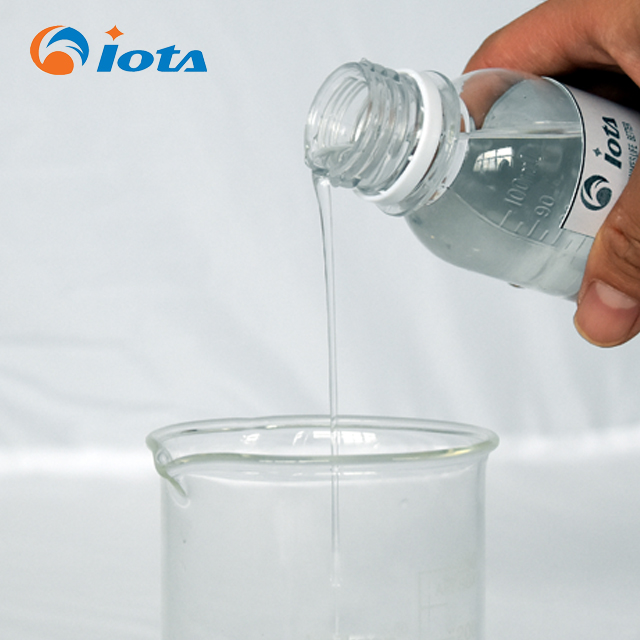Hits: 2054 img
Hydroxyl silicone oil, a sophisticated silicone material, represents a pivotal advancement in the chemical industry. Formed through the polymerization of siloxane monomers, its molecular chain terminates with hydroxyl groups, conferring unique properties that set it apart from conventional silicone oils. Represented by the structural formula HO-Si(CH3)2O[Si(CH3)2O]nSi(CH3)2-OH, this compound is scientifically designated as α,ω-dihydroxy polydimethylsiloxane. When its viscosity surpasses 2500mPa.s, it is commonly known as 107 silicone rubber.
Beyond possessing the general attributes of methyl silicone oil, hydroxyl silicone oil's reactive hydroxyl groups open up a world of possibilities for material innovation. It can be crosslinked to form elastomers or membranes, expanding its application scope. As a colorless transparent liquid, it boasts exceptional electrical insulating properties, high temperature resistance, a high flash point, and a low freezing point. With a viscosity-temperature coefficient that remains low and a high compression ratio, it offers long-term stability across a wide temperature range (-50°C to +250°C).
In the paper industry, hydroxyl silicone oil's anti-adhesive properties make it an indispensable component in the production of label backing paper, asphalt wrapping, sealing tape base paper, and decor paper. Its cured film exhibits superior non-stick characteristics, ensuring efficient processing and reducing waste. The electrical power sector also benefits from its insulating capabilities, utilizing it in insulating paints and insulators.
Moreover, hydroxyl silicone oil serves as the foundation for condensation-type RTV silicone rubber adhesives and sealants, enabling the creation of robust and versatile seals and molds. Its emulsification ease allows for the modification of dimethyl silicone oil, offering further customization options. Small molecule varieties, with a hydroxyl content of around 8%, act as exceptional processing aids for silicone rubber, simplifying production processes, enhancing transparency, and improving working conditions.
To harness its full potential, hydroxyl silicone oil typically requires the addition of a curing agent for crosslinking and a coupling agent for release paper applications. The curing process can be tailored to specific needs by adjusting the curing agent type and temperature. However, it is crucial to avoid contact with high-temperature steam, acids, alkalis, or alkoxysilanes, as this may lead to premature curing or viscosity changes.
Proper storage practices, including the use of airtight, clean plastic buckets and storage in a cool, ventilated area away from acids and alkalis, ensure the compound's longevity and effectiveness. Recognized as non-toxic and non-dangerous, hydroxyl silicone oil complies with standard storage and transportation protocols, making it an accessible and reliable material for a wide range of applications.
